


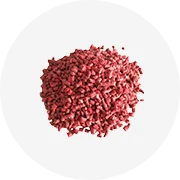
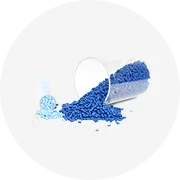
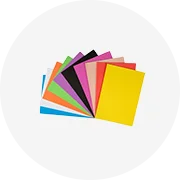
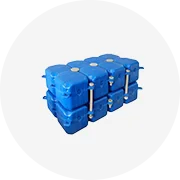
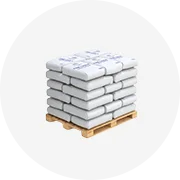
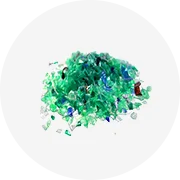
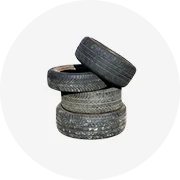
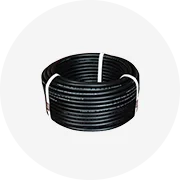

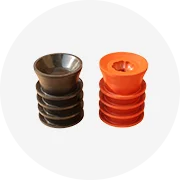
Liquid rubber is a flexible, durable, and versatile material that combines the elasticity of rubber with the fluidity of a liquid. It comes in various types, each with unique properties, making it suitable for a wide range of applications. Liquid rubber can be used as an adhesive, for molding, and as a waterproofing solution.
Liquid rubber comes in a variety of types, each with its unique properties. Some are specifically designed for forming stronger bonds, making them ideal as adhesives. Others are versatile enough to be mixed with different colors, providing an aesthetic appeal in addition to their functional uses. Liquid rubber is a unique material that combines the elasticity of rubber with the fluidity of a liquid. This makes it highly versatile and capable of being molded into different shapes or mixed with various colors. Certain types of liquid rubber, such as LSR silicone, are specifically designed for molding applications, further broadening the scope of its uses.
The unique properties of liquid rubber set it apart from other materials. Its ability to form stronger bonds makes it an excellent adhesive. Furthermore, its waterproofing capabilities make it ideal for applications where resistance to moisture is critical, such as in the production of rubber paint for roofs.
The versatility of liquid rubber allows it to be used in a wide range of scenarios. It can be used as an adhesive in silicone rubber molding and in LSR molding. Its waterproofing properties make it an excellent choice for creating waterproof rubber paint, particularly for roofs or other outdoor structures that need to be protected from the elements.
Liquid rubber offers a host of benefits. Its flexibility and durability make it an excellent choice for a variety of applications. It also boasts excellent waterproofing capabilities, making it a dependable solution for applications requiring water resistance. The ability to mix and mold liquid rubber allows for a wide range of product designs, enhancing its versatility.
Using liquid rubber effectively depends on the specific application. For adhesive purposes, it can be applied directly to the surfaces that need to be bonded. For molding applications, it can be poured into a mold and allowed to set. When using liquid rubber for waterproofing, it can be applied in a similar way to paint, creating a moisture-resistant barrier on the surface it covers.